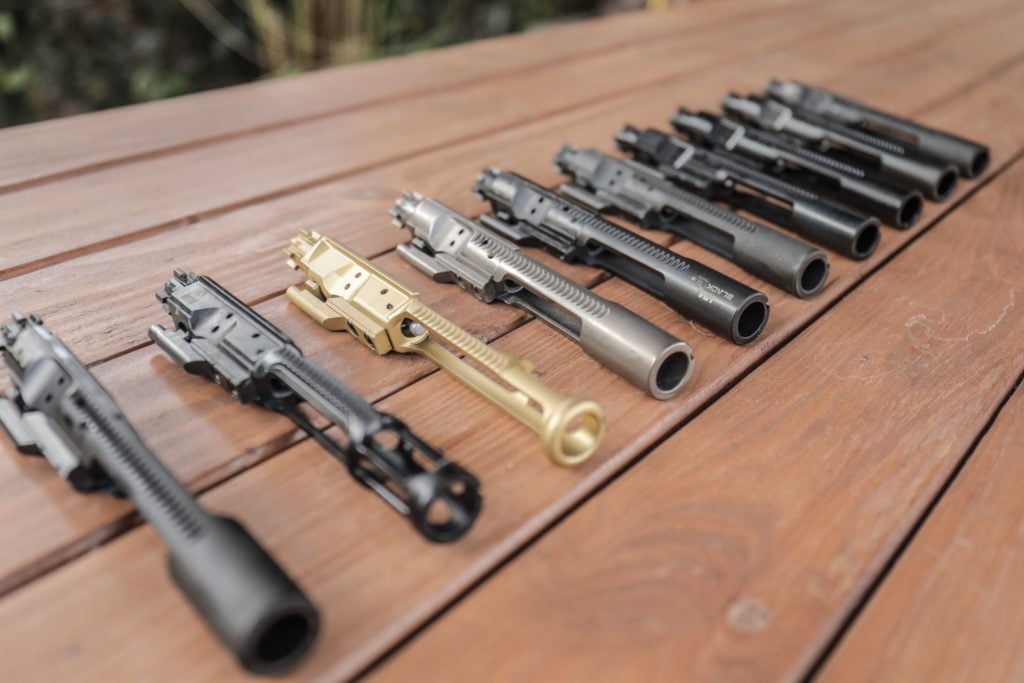

What Is A Duty Level AR-15?
Let me first say a few things. The AR market is a huge spectrum of price points. This is natural in a market of its size. Varying price points ultimately get more people involved in the market. That is a good thing. Whether you are very well-off.. …or someone that lives paycheck to paycheck…
…or someone that lives paycheck to paycheck…
 The AR-15 can be an affordable firearm.
The AR-15 can be an affordable firearm.
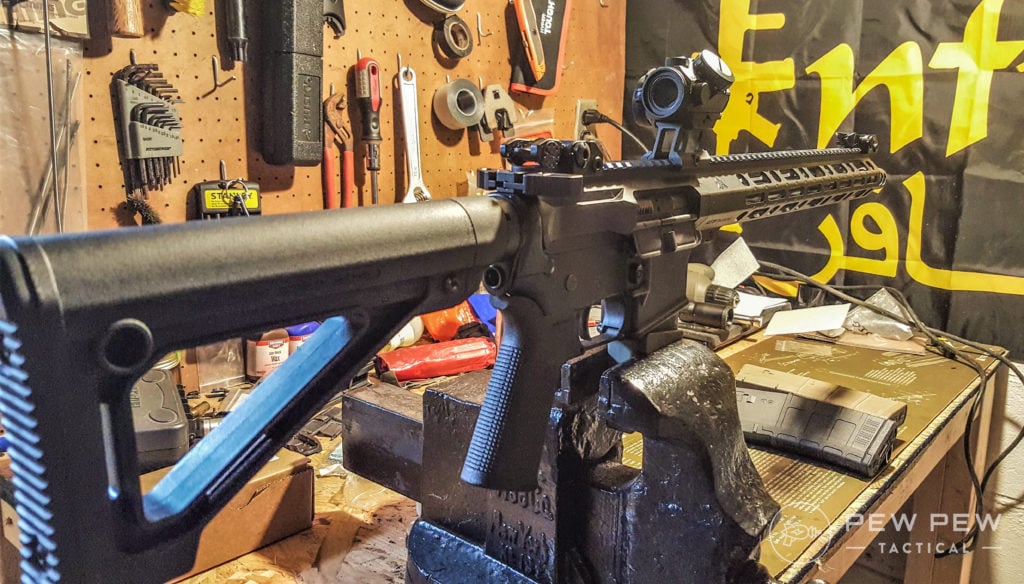

Some Assembly Required
Before we start talking about parts, which are obviously important, equally important is proper assembly procedures for the AR-15. I am a stickler for it, and if you knew me, you would see me on forums and Facebook preaching the gospel of staking and using a torque wrench EVERY time.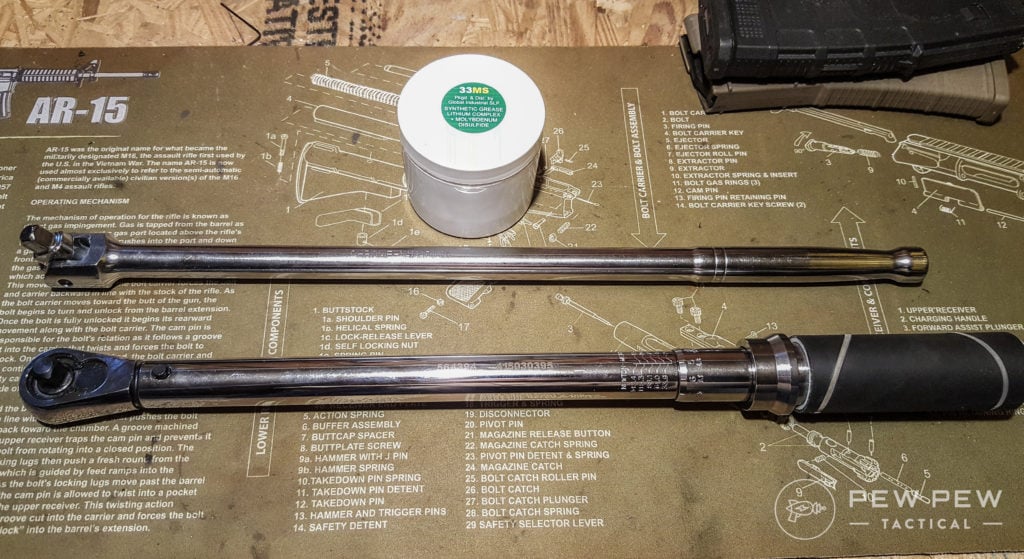
 With any build, even the sub $400 home-rolled specials, proper assembly goes a long way in ensuring proper function. For lack of a better phrase, you can actually polish a turd a little bit.
For an AR you stake your life on, don’t be complacent.
Barrels should be dimpled for low-profile gas blocks, gas keys and castle nuts should be staked, proper torque applied to needed areas, and Loctite applied to the proper hardware.
Now let’s get into the meat and potatoes, shall we?
With any build, even the sub $400 home-rolled specials, proper assembly goes a long way in ensuring proper function. For lack of a better phrase, you can actually polish a turd a little bit.
For an AR you stake your life on, don’t be complacent.
Barrels should be dimpled for low-profile gas blocks, gas keys and castle nuts should be staked, proper torque applied to needed areas, and Loctite applied to the proper hardware.
Now let’s get into the meat and potatoes, shall we?
Bolt Carrier Groups – The Heart of the Gun
The bolt carrier is possibly the most important part of the duty-level workhorse. It’s what keeps the gun pumping and takes a beating through the life of the rifle. Properly maintained and lubricated a quality BCG can last for the long haul. But what makes it quality? There are a couple of different popular bolt steels, notably 9310 and 158 Carpenter steel. Currently, MIL-SPEC steel based off Colt TDP is 158 Carpenter steel. The reason being is that it works, and it does it well. It is a strong, highly durable steel and is wear resistant. 9310 is harder on average, but harder doesn’t always mean better. So many innuendos… The problem that comes up with 9310 is quality control. Mike Mihalski of Sons of Liberty Gun Works, sums it up the best.
Mike says, “Most premature broken bolts I’ve seen are made of improperly heat treated 9310. 158C is a superior material in this application.”
This guy knows bolts. It’s kind of his job.
The problem that comes up with 9310 is quality control. Mike Mihalski of Sons of Liberty Gun Works, sums it up the best.
Mike says, “Most premature broken bolts I’ve seen are made of improperly heat treated 9310. 158C is a superior material in this application.”
This guy knows bolts. It’s kind of his job.
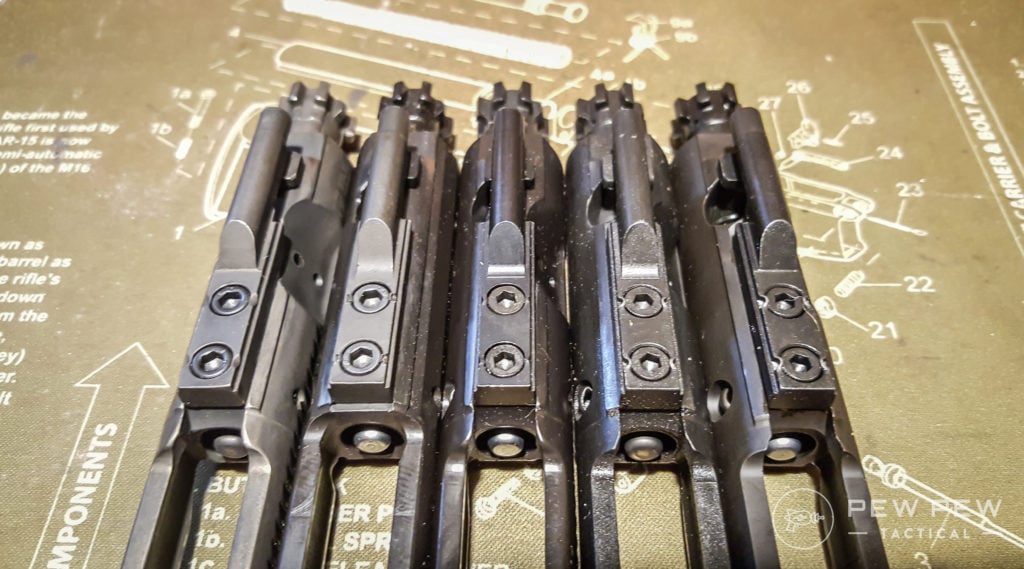
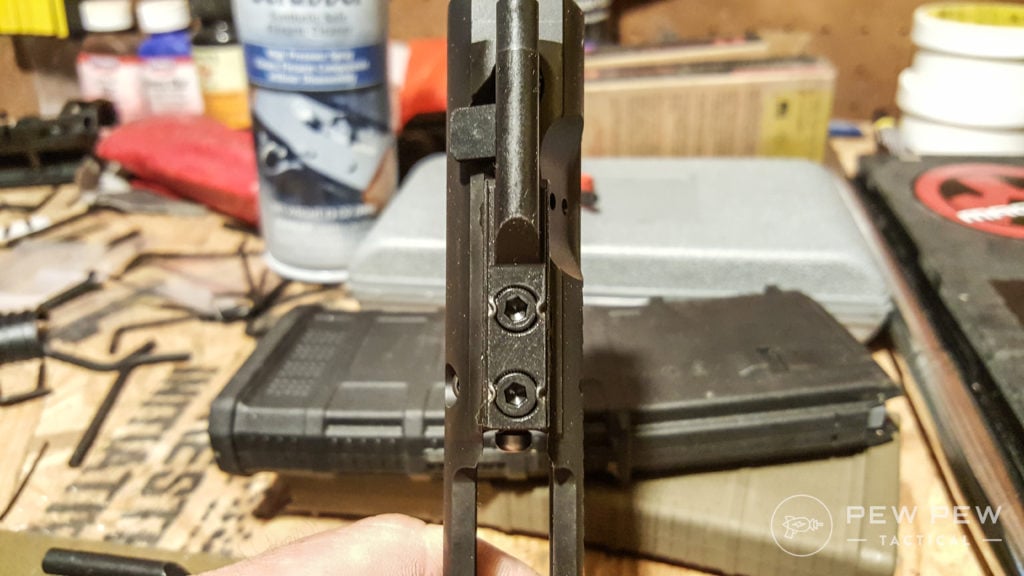
Prices accurate at time of writing
Prices accurate at time of writing
-
25% off all OAKLEY products – OAKLEY25
Copied! Visit Merchant
Barrels – The Legs of the Gun
Barrel material can be dictated by the mission or purpose of the AR. I prefer a quality 4150 CMV steel for my barrels, but if you are looking for more precision then 416R stainless steel is also a viable option. Personally, I do not pine for sub-half MOA groups, so 4150 CMV works for me. 4150 CMV, or Mil-B-11595E, is chosen for its wear resistance and how well it deals with heat compared to stainless and 4140 CM steels. For a coating, the tried and true Parkerizing and chrome-lining is a great choice. It deals with heat very well and is highly wear resistant. My favorite chrome-lined barrel is an FN 16″ CHF Mid-Length.Prices accurate at time of writing
Prices accurate at time of writing
-
25% off all OAKLEY products – OAKLEY25
Copied! Visit Merchant
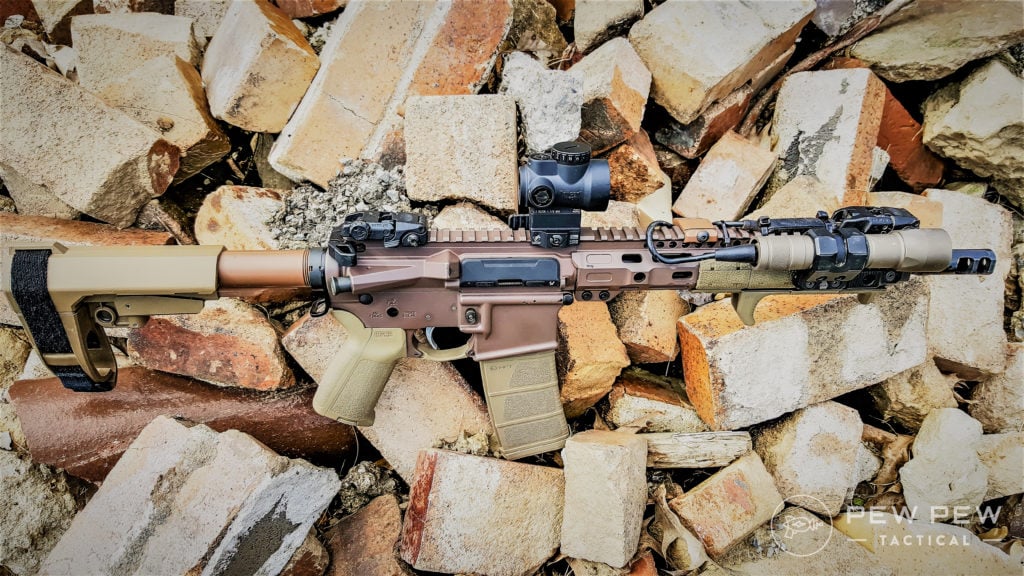
| Barrel Length | Gas Length |
|---|---|
| 10.3/10.5” | Carbine |
| 11.5-13.7” | Carbine |
| 14.5” | Carbine/Mid-Length |
| 16” | Mid-Length |
| 18” | Mid-Length/Rifle |
| 20”+ | Rifle |
Receivers and Handguards – The Bones of the Gun
I won’t go into too much detail about receivers because everyone has their favorites. The more you spend on receivers, typically the better quality with regards to fit and finish – but this doesn’t mean that a $400 lower is better than a $40 lower in terms of reliability. The big thing to keep in mind is to go with a company with a track record of being in-spec.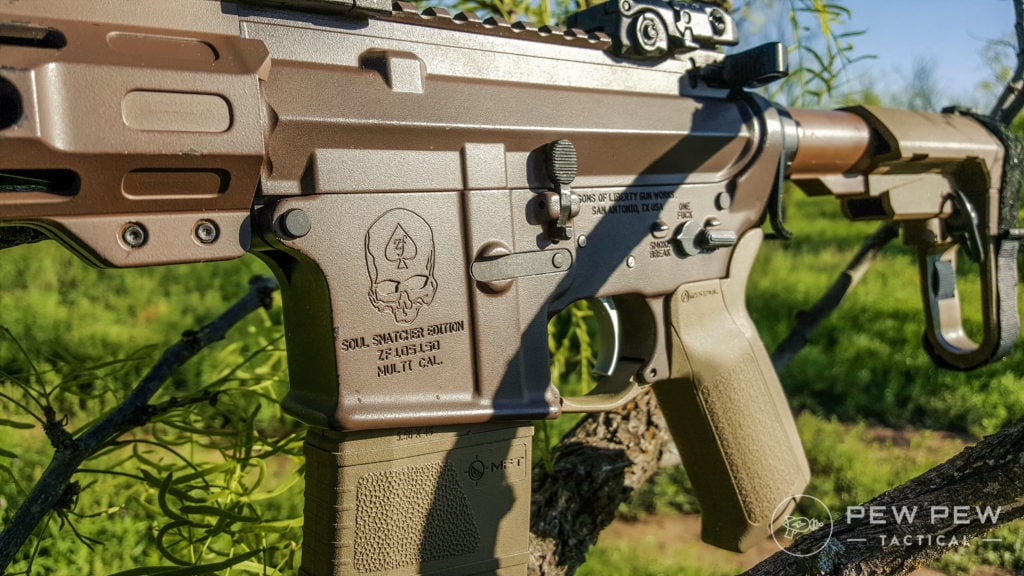
Prices accurate at time of writing
Prices accurate at time of writing
-
25% off all OAKLEY products – OAKLEY25
Copied! Visit Merchant
Prices accurate at time of writing
Prices accurate at time of writing
-
25% off all OAKLEY products – OAKLEY25
Copied! Visit Merchant
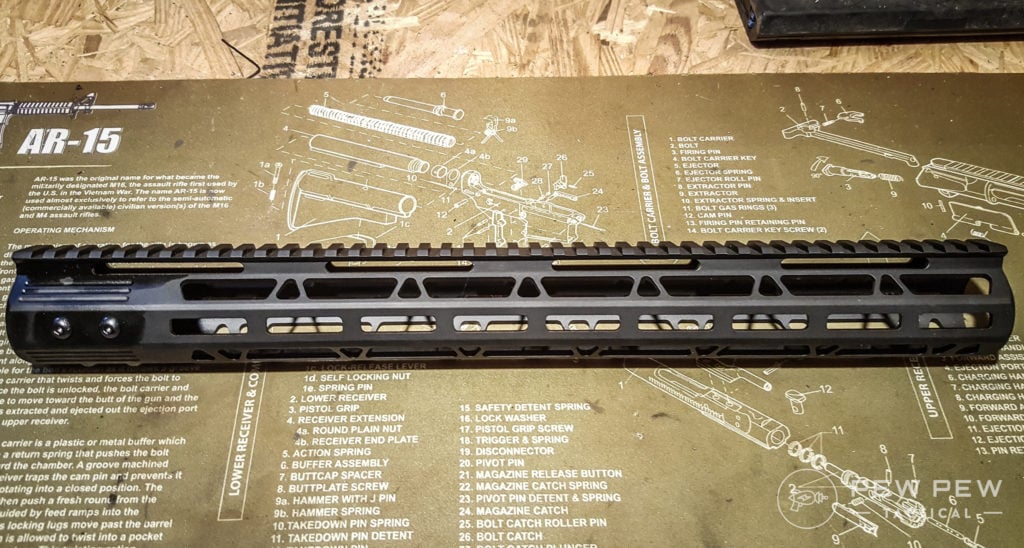
Prices accurate at time of writing
Prices accurate at time of writing
-
25% off all OAKLEY products – OAKLEY25
Copied! Visit Merchant
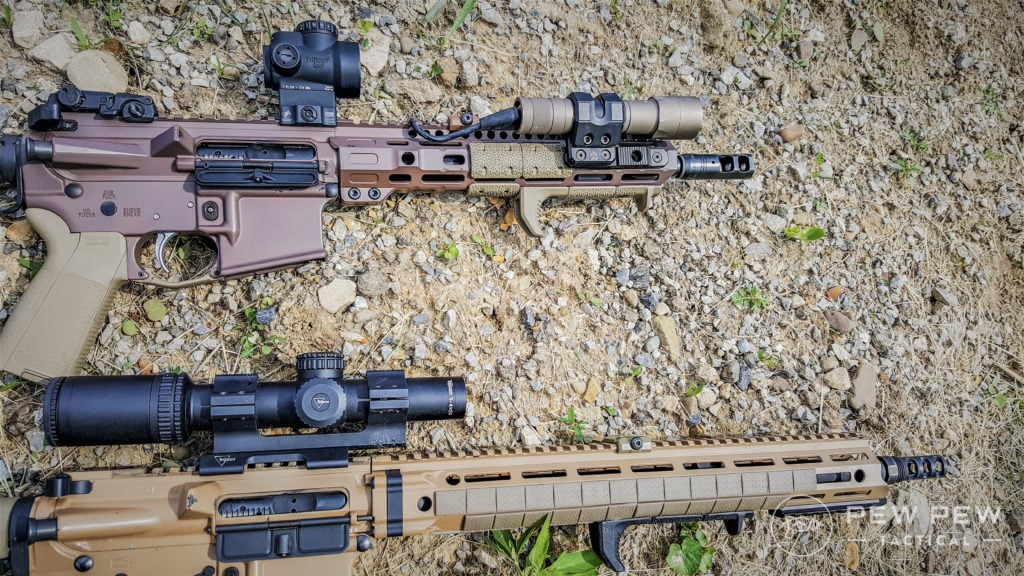
Prices accurate at time of writing
Prices accurate at time of writing
-
25% off all OAKLEY products – OAKLEY25
Copied! Visit Merchant
Optics – The Eyes of the Gun
I included optics in this article because I believe optics are an absolute necessity for a duty weapon. While iron sights are always important, a good optic puts a firearm at a different level in both precision and in less than ideal lighting conditions. Yet again, the purpose will dictate what style of optic a shooter needs. Red dots and holographic optics are great general-purpose optics and provide quick shooting from awkward positions. Due to being relatively free of parallax, the red dot or imposed reticle does not need to be completely centered in your field of view. Some of the best red dots have survived the ultimate test of combat. Just about anything Aimpoint will serve well like the Aimpoint PRO, which we reviewed HERE! It is a solid, bomb-proof (literally) optic.Prices accurate at time of writing
Prices accurate at time of writing
-
25% off all OAKLEY products – OAKLEY25
Copied! Visit Merchant
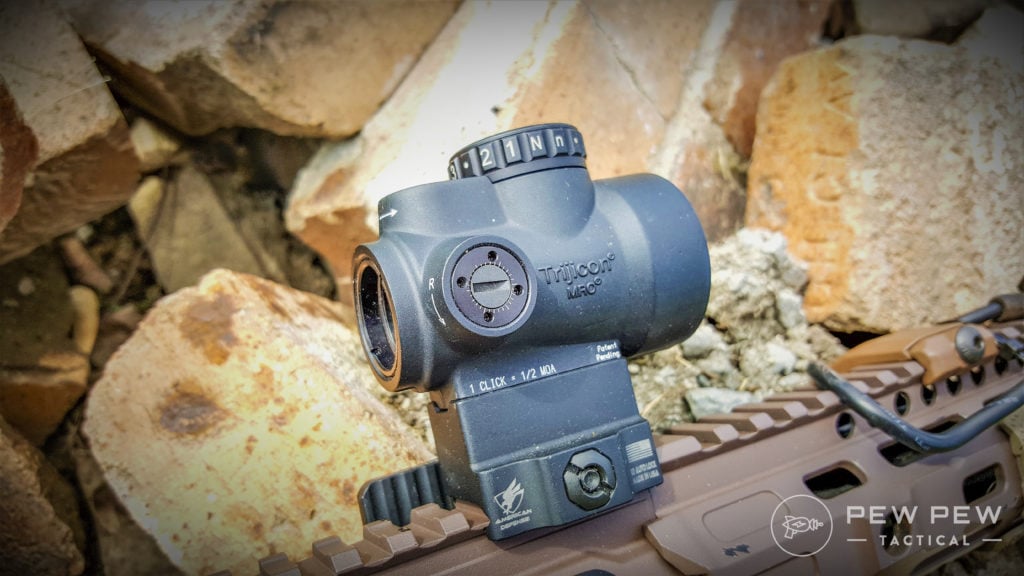
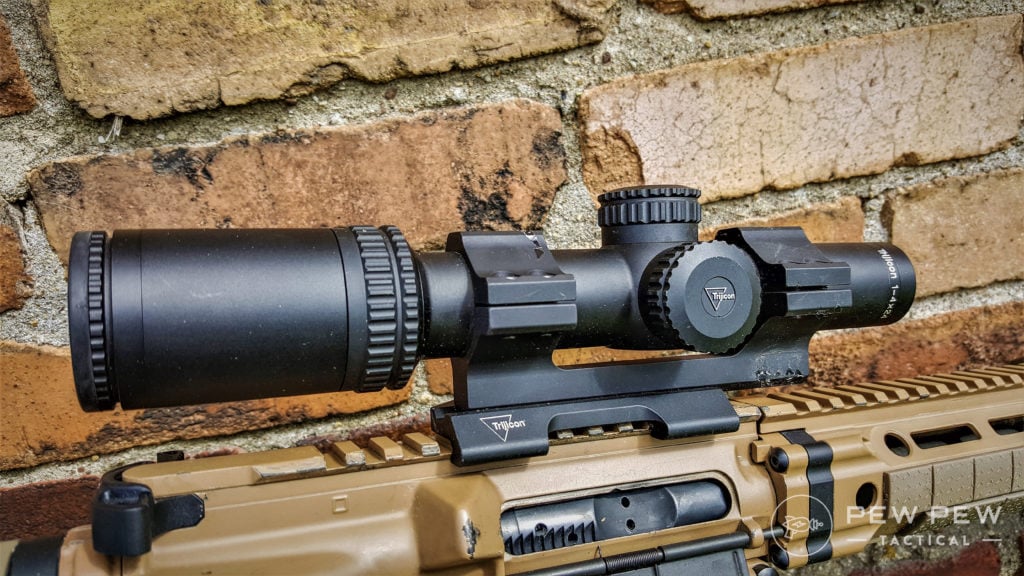
Parting Shots
When all is said and done, a duty-level AR is only as good as the brain behind the firearm. Even the most Gucci, expensive firearm is useless without appropriate training in how to run the gun. Everyone has a different budget, so it will be up to everyone where to spend their money to make it count. While the quality of a solid work-horse rifle isn’t needed by everyone, there is a difference in both quality and function over the long haul. What are some of your favorite brands you have used? Any crazy stories of gear being put through Hell and coming out? Let us know in the comments below! Want to get an out-of-the-box duty quality AR-15, then take a look at the Best AR-15s: Complete Buyer’s Guide!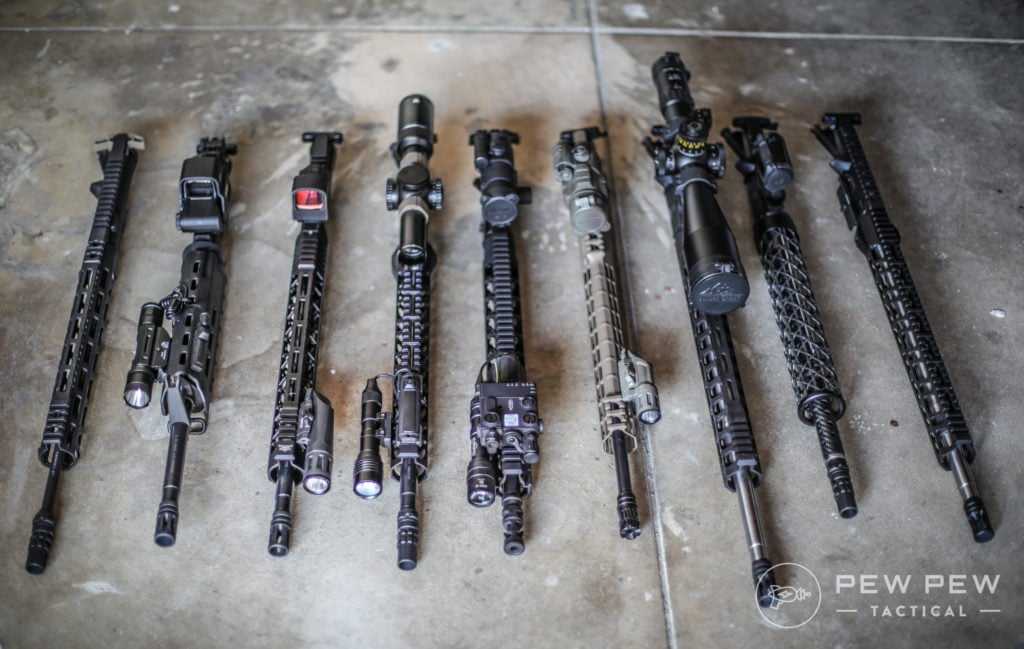

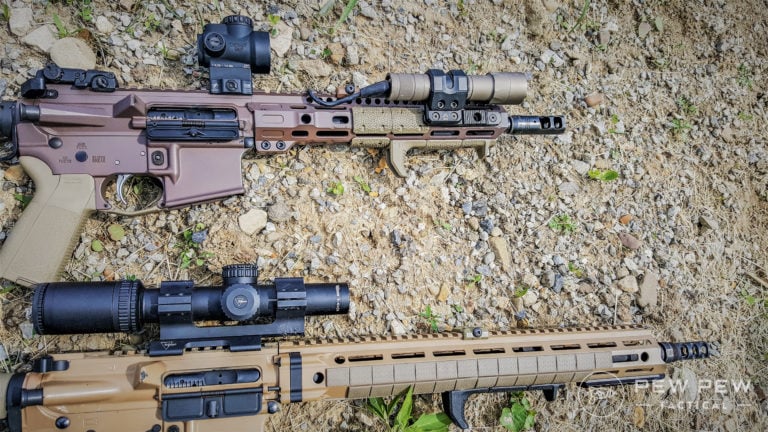














13 Leave a Reply
One of my AR's cost me $437.24 on clearance in a going out of business gun store almost 9 years ago. Checked my ammo log for it and have 19,020 rounds through it and has never skipped a beat and still shoots under 2 MOA like it did the day I first fired it.
I would consider mentioning Sig as duty level at least as far as optics go. Excellent glass, and punches far above its price point in reliability and torture testing.
What coating is on the guns with MI and DD handguards? Cerakote? What color?
I own 7 Rifles..The best shooter i own is the LWRC-DI..The gas key is integrated into 1 single unit..The barrel is a true heavy barrel..Ambi control's..Robust gas block thats screwed and pinned with over size pins..Lower comes with a tension screw to get a tight fit between the upper and lower...Never had to use it out the box she was tight as a wedge..Gas tube is a bit bigger then the norm..Gas tube is NI-COR treated along with gas block...M4 feed ramps are robust as well polished heavily...Flared magwel..And to top it off the barrel is CHF...You very rarley see true heavy barrels...But to have a true heavy barrel that's CHF is a big PLUS...I own some top notch rifles but the LWRCDI stands out to me for the price...Alot of gun for 1300-1400 dollar's...At 1 point in time they were going for a grand...Nice write up
Much appreciated DevilDog.
LWRC definitely makes a damn good rifle and their pedigree is well known. CHF is always a solid process. I love my FN middie that I bought a couple years ago.
Fn is gtg very squared away rifle
Why no discussion on triggers? I was advised that the first upgrade should be in the trigger. I upgraded to the ALG Defense ACT trigger ( it is a sister company with Geissele Automatics.) on all my builds. It is a true mil spec without any rough imperfection.
I didn't include triggers because it would have made a long article. If size weren't a concern, triggers, weapon lights, and slings would have also been incorporated because they are all important.
ALG ACT triggers are the bee's knees for their price point. In my 11.5" AR pictured above, it has that trigger.
When it comes to triggers for a defensive/patrol rifle, I would recommend mil-spec. Drop-in cassettes can be pickier with certain 5.56 primers. I have an Elftmann that occasionally has light primer strikes on Mk262 ammo.
The important thing for the trigger is it's reliable, at least moderately smooth, and has a predictable break. Lots of triggers can fit that description for as cheap as an included CMMG fire control group in their LPKs, or go all out with some of the Geissele models.
BMC all the way. Great value. Quality at a reasonable price.
BCM is definitely quality. From their BCGs to their handguards or complete uppers or rifles, price wise, they are an awesome choice for someone that wants a hard use rifle that will keep chugging along.
What about the Palmetto packages for complete uppers?
It seems your entry level is about 1k, minimum?
May as well buy a Colt or a Remington, Springfield etc out of the box?
PSA may be a good idea if your budget allows it. I would look more into the FN barreled uppers. It may be overgassed compared to a normal FN barrel, but it will last.
The thing I would focus on if you are on a smaller budget is the bolt. Get a good quality bolt that is individually MPI and HPT.
You can build a really good quality rifle for less than 800 without the optic.
Thank you for your article and reply to my questions.
TP